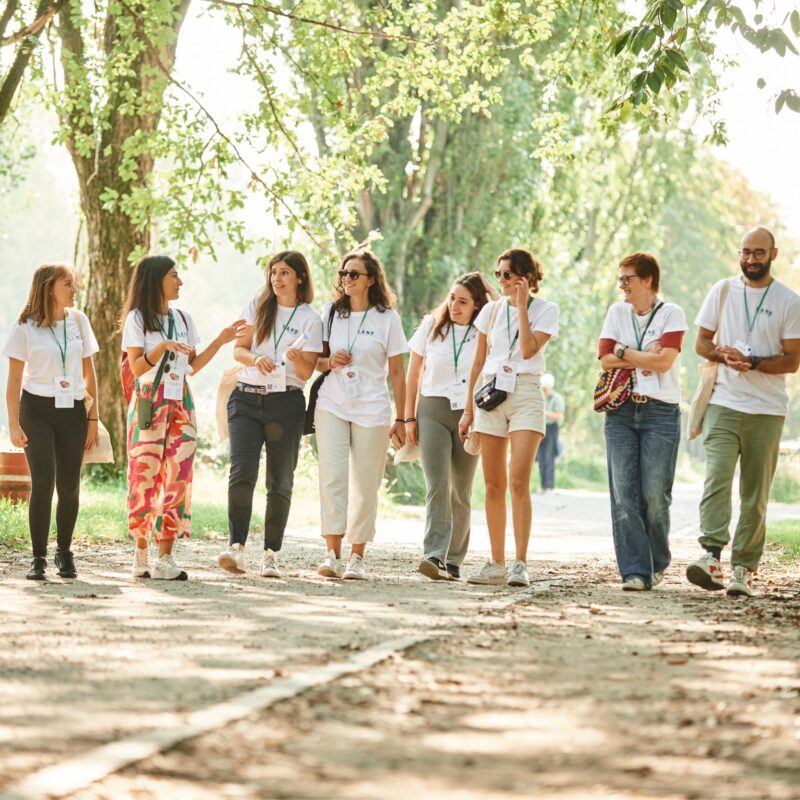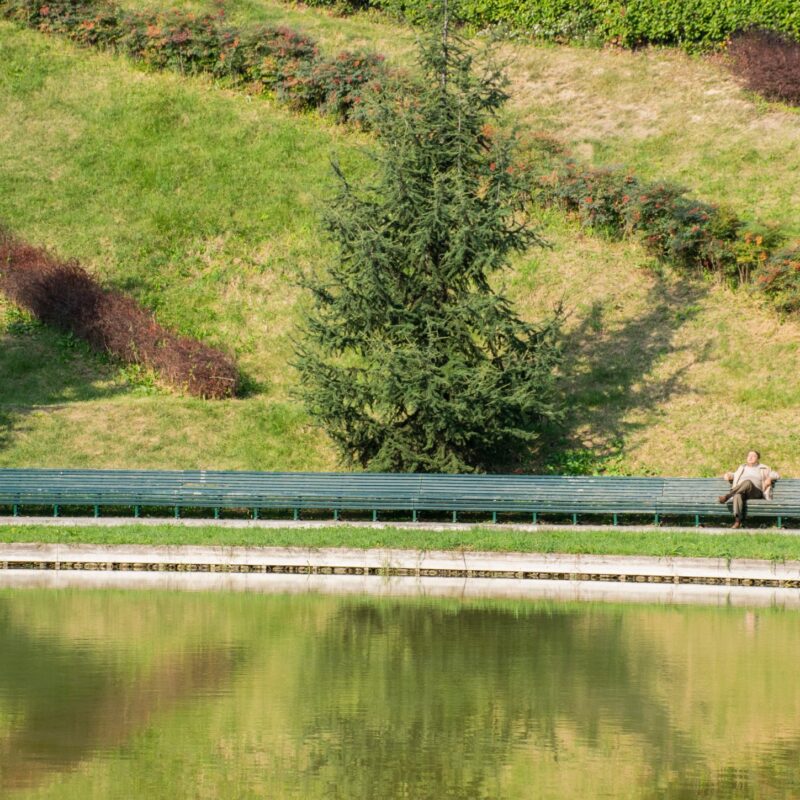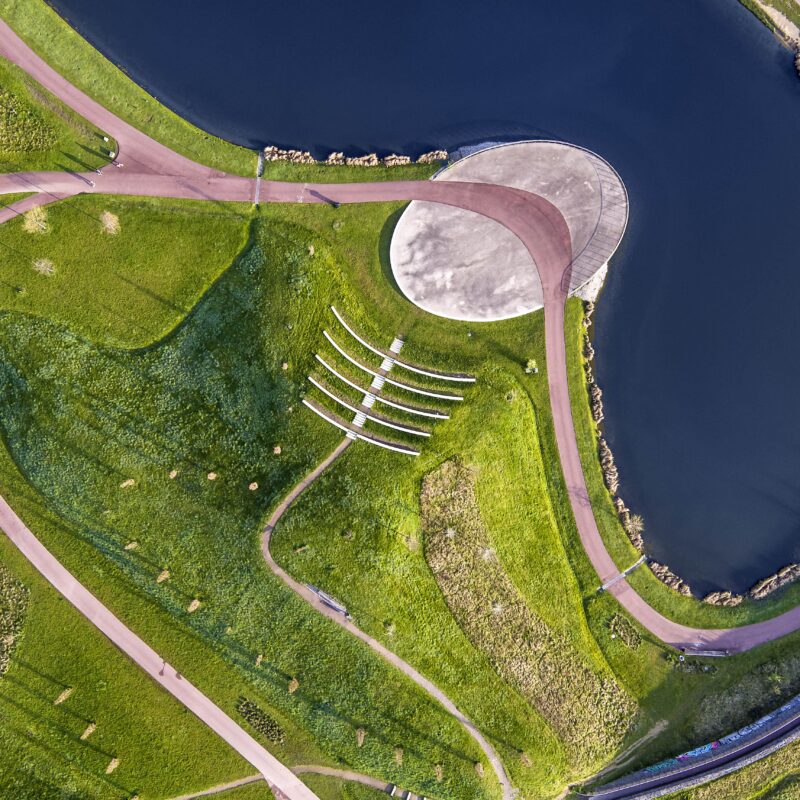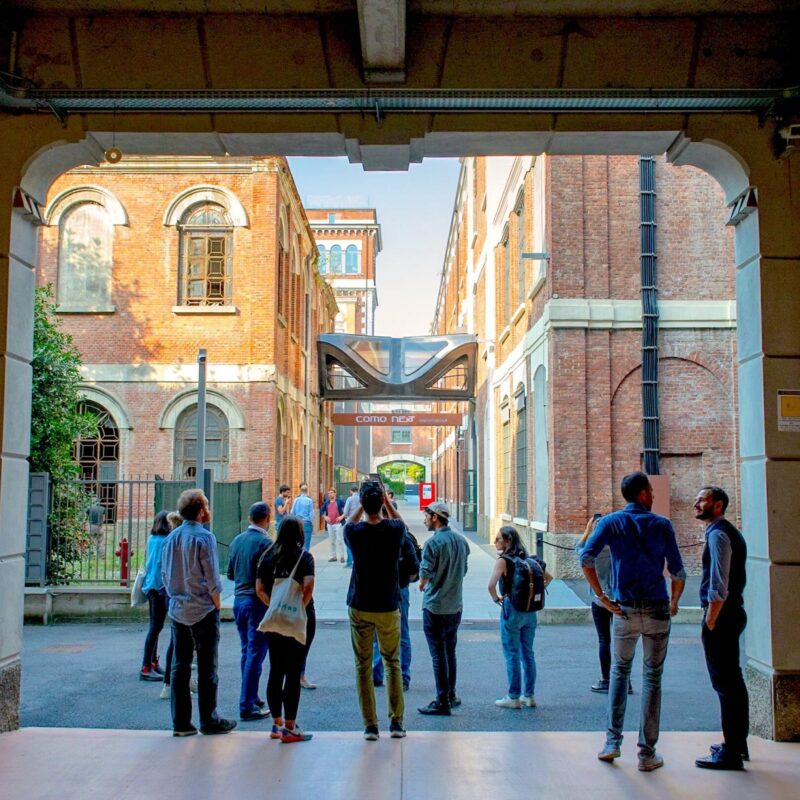
Parco Nord, Milan
Italy
The park on the ex-Breda industrial area site is an island without construction amid a sea of dense buildings. Established by a provincial bylaw, it is a green belt park whose realisation is now inseparable from the urban planning reorganisation of Milan’s North.
The park on the ex-Breda industrial area site is an island without construction amid a sea of dense buildings. Established by a provincial bylaw, it is a green belt park whose realisation is now inseparable from the urban planning reorganisation of Milan’s North.







A green oasis between Milan, Sesto San Giovanni and Cinisello Balsamo, the Parco Nord is a treasure trove of artistic, floral and architectural heritage. It covers over 632 hectares on part of the areas that once housed the Breda plants. The Parco Nord is visited each year by several million people
In 1983, Andreas Kipar, in collaboration with park director Francesco Borella, initiated a small-scale intervention that laid the foundation for what would become Parco Nord. Given limited resources—only a caterpillar and two drivers—Kipar began the meticulous work of removing steel slag from the former Breda industrial site to uncover the fertile agricultural soil below. This practical approach not only reclaimed the land but also set the stage for further development.
Key Features and Innovations:
Reclamation and Design: The initial 35-hectare area was a blend of wooded areas, clearings, meadows, and small ponds, creating a diverse and inviting landscape. A standout innovation was the creation of a “montagnetta,” a small hill crafted from industrial slag, which became a distinctive hallmark of the park.
Integration and Mediation: Parco Nord is a crucial mediator between urban and rural spaces, work and leisure, providing a harmonious environment for relaxation and recreation. Its design seamlessly transitions from the bustling cityscape to serene natural settings.











